A Regulating Valve (also known as a Control Valve) is a critical component in industrial flow control systems. It is designed to regulate the flow rate, pressure, or temperature of a fluid by varying the size of the flow passage. Control valves are typically operated by actuators, which respond to signals from a control system to achieve precise process control.
Regulating valves are generally composed of actuators and valves. If according to the power used by the actuator, the control valve can be divided into three kinds-pneumatic, electric and hydraulic. That is, pneumatic control valve with compressed air as the power source, electric control valve with electric power source, and electric hydraulic control valve with liquid medium (such as oil, etc.) pressure as the power.
Key Functions:
-
Flow Regulation: Adjusts the flow rate of liquids, gases, or steam.
-
Pressure Control: Maintains or reduces pressure within a system.
-
Temperature Management: Regulates the temperature of process fluids.
-
Level Control: Manages fluid levels in tanks or vessels.
Key Features:
-
Precision Control: Provides accurate and repeatable flow adjustment.
-
Actuator Compatibility: Works with pneumatic, electric, or hydraulic actuators.
-
Durable Construction: Made from materials like stainless steel, carbon steel, or alloys for corrosion resistance.
-
Wide Rangeability: Suitable for a broad spectrum of flow conditions.
-
Customizable Designs: Available in globe, butterfly, ball, and other valve types to meet specific needs.
Advantages:
-
High Accuracy: Ensures optimal process performance with minimal deviation.
-
Energy Efficiency: Reduces energy consumption by optimizing flow rates.
-
Reliability: Built to withstand harsh operating conditions.
-
Ease of Maintenance: Modular designs simplify repair and replacement.
-
Compliance: Meets international standards such as ISO, API, and ANSI.
Types of Control Valves:
-
Globe Valve: Ideal for precise flow control with high pressure drop.
-
Butterfly Valve: Suitable for large flow rates and low-pressure applications.
-
Ball Valve: Provides quick shut-off and moderate flow control.
-
Diaphragm Valve: Used for handling corrosive or abrasive media.


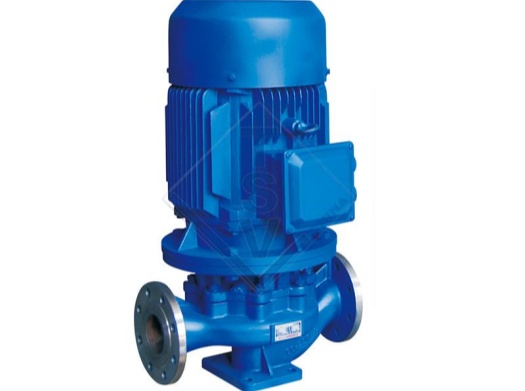
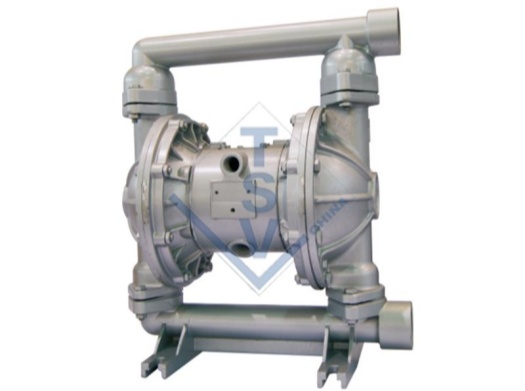
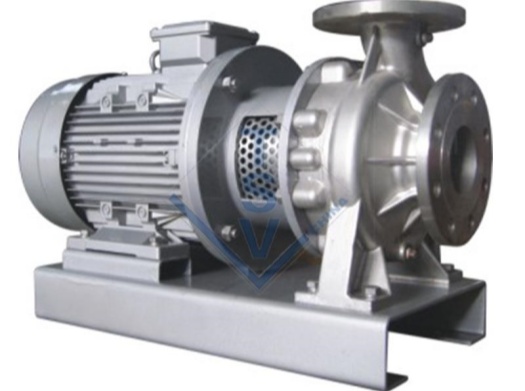
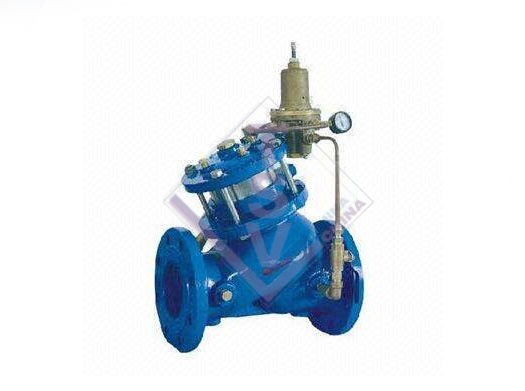
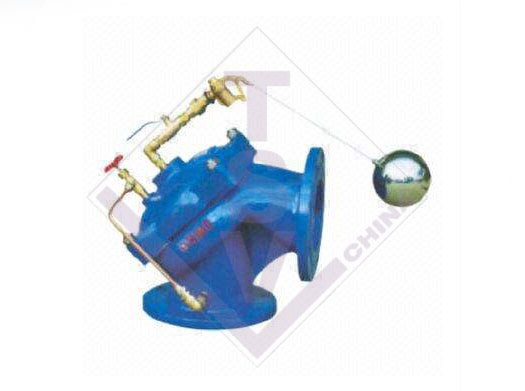
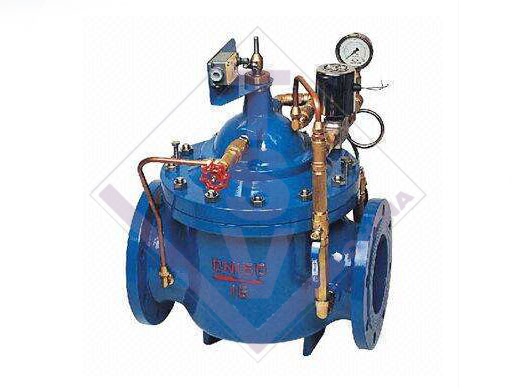
 Request a Quote
Request a Quote